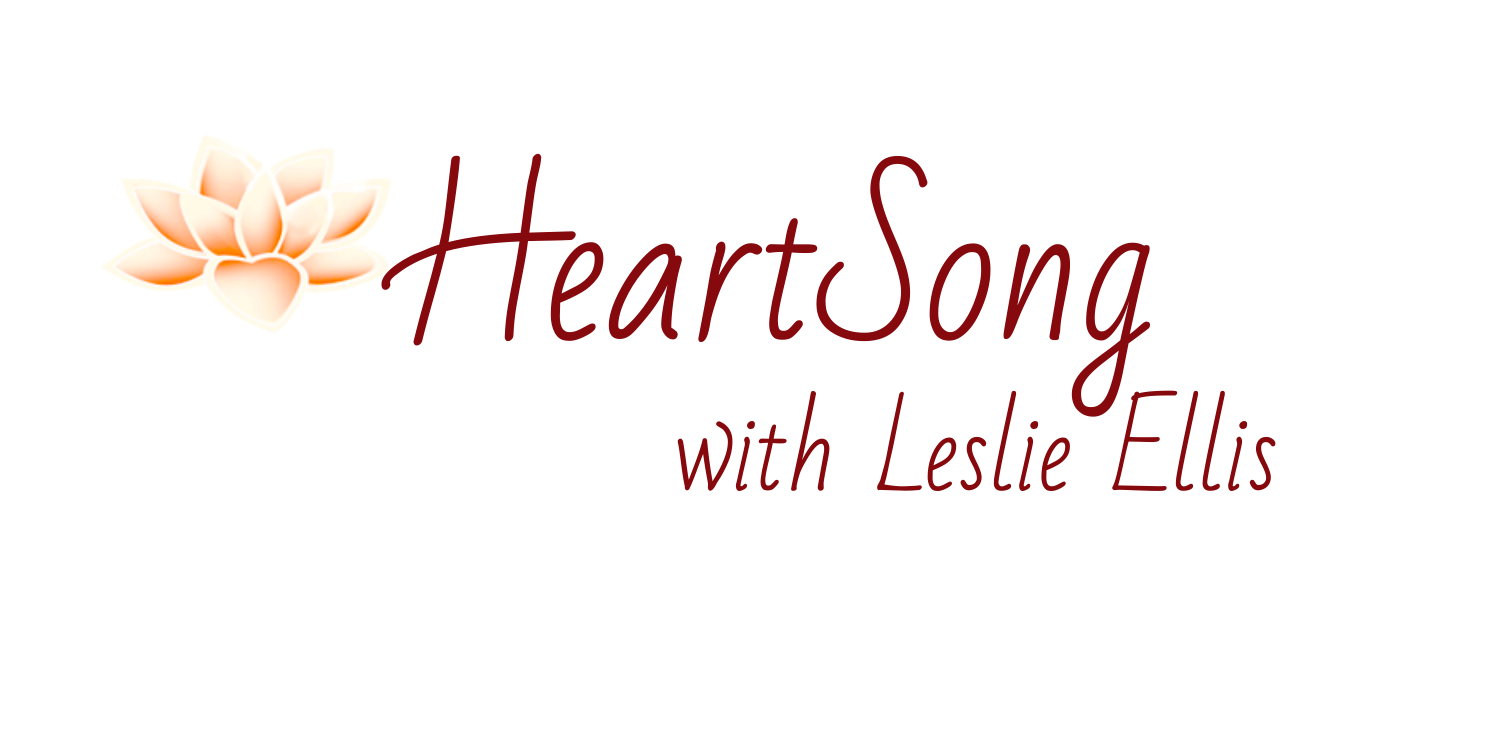Why bring *God* into it?
If you know me at all, you know I love poetry and often read and share words that inspire connection to the Divine.
I read this Kabir poem to open the Immersion and it has continued to speak to my heart. And in fact, it inspired the whole week of classes. I'd like to share a little of what I said to those students with you.
Are you looking for me?
I am in the next seat.
My shoulder is against yours.
You will not find me in the stupas, not in Indian shrine rooms,
nor in synagogues, nor in cathedrals:
not in masses, nor kirtans,
not in legs winding around your own neck,
nor in eating nothing but vegetables.When you really look for me, you will see me instantly —
you will find me in the tiniest house of time.
Kabir says: Student, tell me, what is God?He is the breath inside the breath.
~Kabir
You might ask, when it comes to our practice of yoga and to breathing itself, why bring God into it?
Whether yours is a biblical God, or God from another religious tradition, or you have your own sense of a Universal Divine Presence….
Whether it’s Mother Earth, Nature, Trees, or animals; It could be the moon or the ever present mystery of the universe itself.
If it's more in the connection you feel to other people, or to all beings. It doesn’t matter.
Within your breath you can enter into prayerful communion with something vast, even undefinable, and yet present in the most natural and unconscious thing you do - breathing.
That to me is the magic of yoga - and more specifically, pranayama - sometimes so mundanely defined as the breathing exercises of yoga.
But, Breath, is life.
In Sanskrit, the word for breath and the word for life force is the same: Prana.
The word for the breathing techniques of yoga is pranayama.
Prana=breath/life force / energy
Yama = to restrain
So the definition of pranayama could be taken to be "to restrain the breath". Also sometimes stated as "breath control".
And that's exactly what I think happens too often in the teaching and practices with breath. We try to "control" the breath.
There's another way to define pranayama.
Pran = breath / life force / energy (yep it's the same with or without the 'a'")
Ayama = to free
Pranayama = to free the breath.
And to me that freedom is me remembering the divine in me. It's the knowing that even with all my human struggles, there is something more to it all than what I see, feel, and know. It's a comfort. To me, that's *God*.
I like to think of the practice itself as a yama.
Restraint, discipline, and focus are required.
A technique, or even a pose, can be a kind of restraint - it creates a structured environment for you to explore the breath within.
It's kind of like going to church. The environment itself helps you connect to the divine. And the divine is definitely there. But it isn't confined to that place. It is boundless and uncontrolled. That's possible with your breath too!
The "goal" of the breath practices are to free the breath. To feel more expansive. To have greater access to the relaxation of the nervous system.
You become more attuned to the possibilities within the breath. You feel more free.
When you find more freedom in your breath, you may just find more freedom in your being as well.
Does your yoga truly help you feel free? Do you connect through your breath to "God"?
What have you discovered in the breath inside the breath?
Send me a note and let me know. And of course, if your yoga isn't doing that for you, let's talk and see what might be missing!

